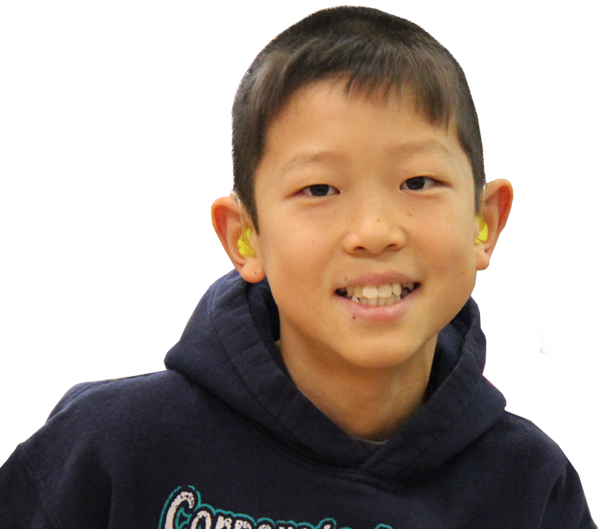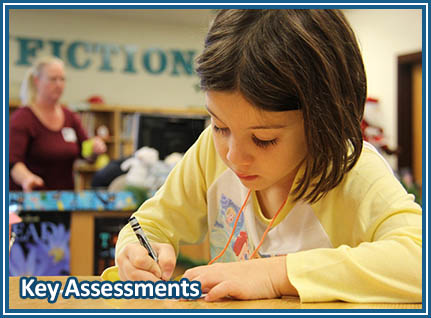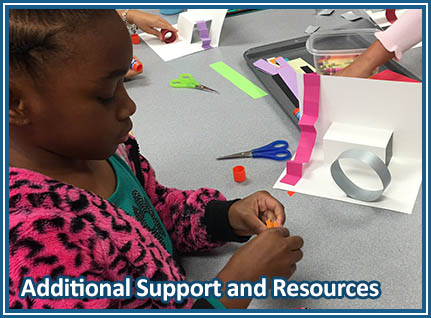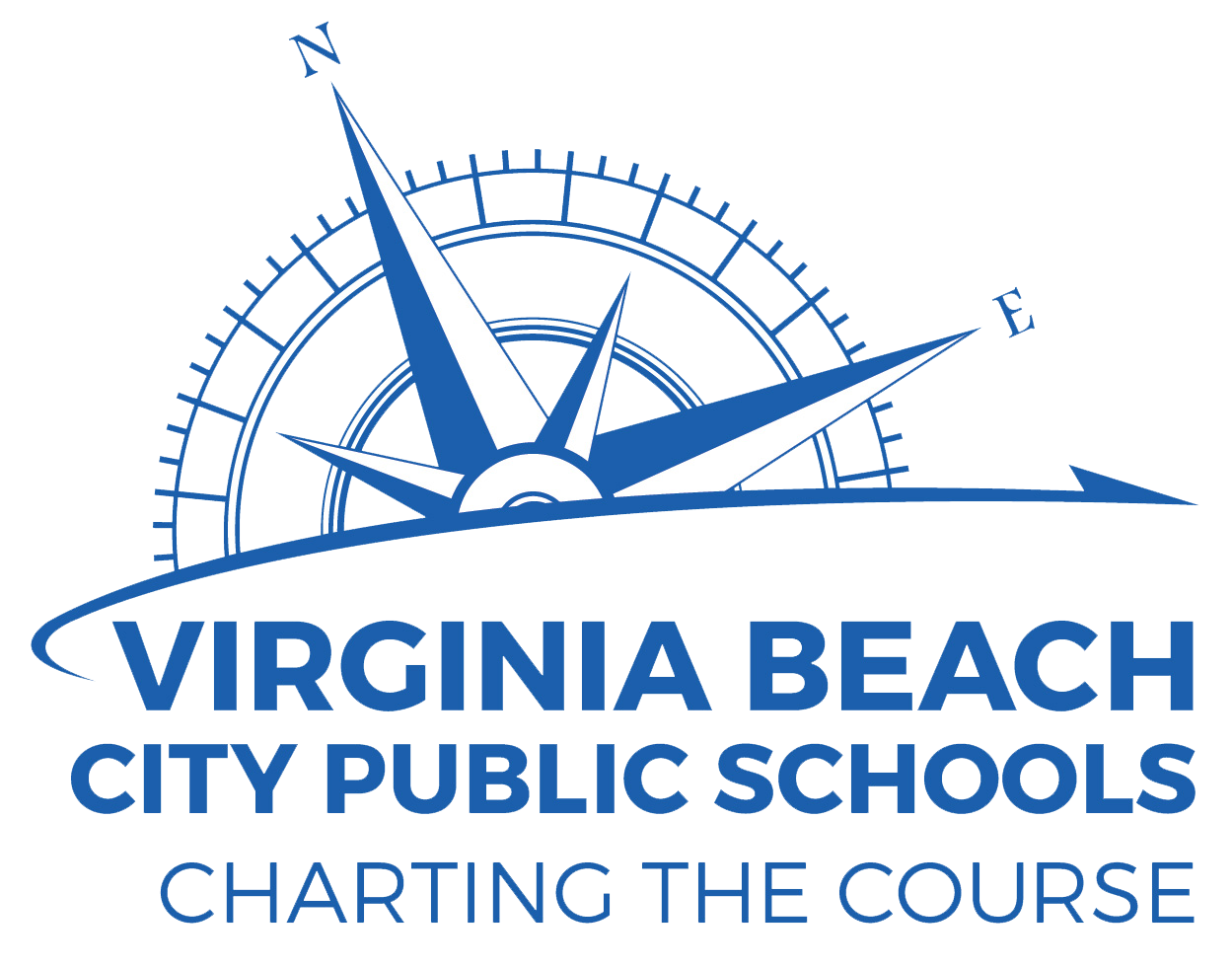
In fourth grade, students read more challenging texts and are learning to apply critical thinking skills when discussing and analyzing what they have read. The concepts addressed in mathematics are also increasing in complexity as they learn about decimals, fractions, and multi-dimensional shapes.







Social Studies
In fourth grade, students will begin learning about the history of Virginia and Virginia�s role in the history of the United States. Students will apply geographic and historical analysis skills to study and form an understanding of the physical regions of Virginia, Virginia Indians, the Jamestown settlement, and life in colonial Virginia.